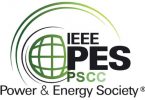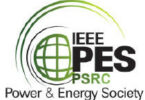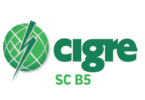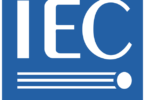by Christoph Brunner, it4power, Switzerland
This is the last IEC 61850 column I write as a convenor of WG10. I hope you enjoyed the topics I selected over the last 18 years since PAC World magazine has started.
Sydney, November 1993: The German National Committee launches a proposal, to start standardization on “Substation Control and Protection Interfaces.” That was the start of a long journey. The first activity decided in Sydney was to create an Ad Hoc working group (AHWG) with the task of preparing a scope for a new work item proposal-That AHWG meets four times between March 1994 and January 1995.
Minneapolis, May 1995: Based on the report prepared by the AHWG, the TC57 plenary decided to establish Working groups (WG) 10, 11 and 12; WG11 is responsible for communication between station level and bay level, WG12 for communication between bay level and process level and WG10 for general topics.
Baden, November 1995: The three new WGs met for the first time. In seven Meetings between November 1995 and October 1997, the general document structure for what became later IEC 61850 Edition 1 was defined and work has started.
Atlanta, January 1998: A small team of experts from the IEC working groups and from the UCA 2.0 develop a strategy, to merge the IEC and the UCA/IEEE activities and develop a global standard. That plan was then approved in a meeting between IEC and IEEE officers in Tampa in February 1998.
Montreal, October 2003: It was decided to disband WG11 and WG12 and merge them into WG10. Prior to that, the work on Edition 1 of IEC 61850 finished in 13 more meetings between March 1998 and June 2003. Also in Montreal, new WGs 17 and 18 were created to deal with IEC 61850 for DERs (Distributed Energy Resources) and Hydro Power.
Klaus, September 2005: WG10 celebrates 10 years of IEC 61850 development. Earlier that week, the first two substations where IEC 61850 was used were visited. Those were a refurbishment project in the substation Laufenburg and a new distribution substation in WInznauschachen, both in Switzerland. Between December 2003 and September 2005, WG10 had six WG meetings; most of them together with the new WGs 17 and 18. During that time, Amendment 1 for IEC 61850-7-4 was prepared, adding models for power quality measurements. Also, work to use IEC 61850 for communication between substations and communication towards the control center was initiated.
Toronto, June 2010: WG10 decided to use UML to model the IEC 68150 data models. The UML Model should serve as the basis to generate future versions of the standard, to reduce the risk of inconsistent specifications. Before that, Edition 2 of the core parts has been published between 2009 and 2013.
Brussels, October 2015: WG10 celebrated 20 years of IEC 61850. The meeting was hosted by ENTSO-E, which demonstrated that users get more involved in the standardization work. To support user involvement, in February 2013 a permanent task force User Feedback was established.
Cathedral City, California, February 2016: As part of the work on Amendment 1 of IEC 61850 Edition 2, rules were developed, to make future revisions of the standard forward and backward compatible. Later in 2016, the first autogenerated documents of part 7 were circulated as CDV.
Golden, Colorado, February 2020: When we met in Colorado, we would not know that this would be our last physical meeting for two years. Only in February 2022 we met again in person in Lyon, France. In between, we had five virtual meetings.
Delft, February 2024: In preparation for the future, WG10 decided a new organizational structure with three technical area coordinators and a co-convenor to share the workload of leading the working group.
Klaus, September 2025: WG10 will celebrate 30 years of IEC 61850. I am the only WG member left, that is still active since the beginning. I already participated in the AHWG from 1993 to 1995 and since the creation of the three WGs, I first was a member of WG11, in 1998 I became convenor of WG12 and with the merging of WG11 and WG12 into WG10, I took over the leadership of WG10. Over the 30 years, I attended all the WG meetings except one that I could not attend due to an accident.
After 30 years, it is now time to step back. Keith Gray was elected as co-convenor earlier this year. He already helped me a lot in preparing the last meetings. At our upcoming meeting in Klaus, he will take over the responsibility, to lead the WG meetings in the future.
So, this is the last IEC 61850 column I write as a convenor of WG10. I hope you enjoyed the topics I selected over the last 18 years since PAC World magazine has started.
Biography:
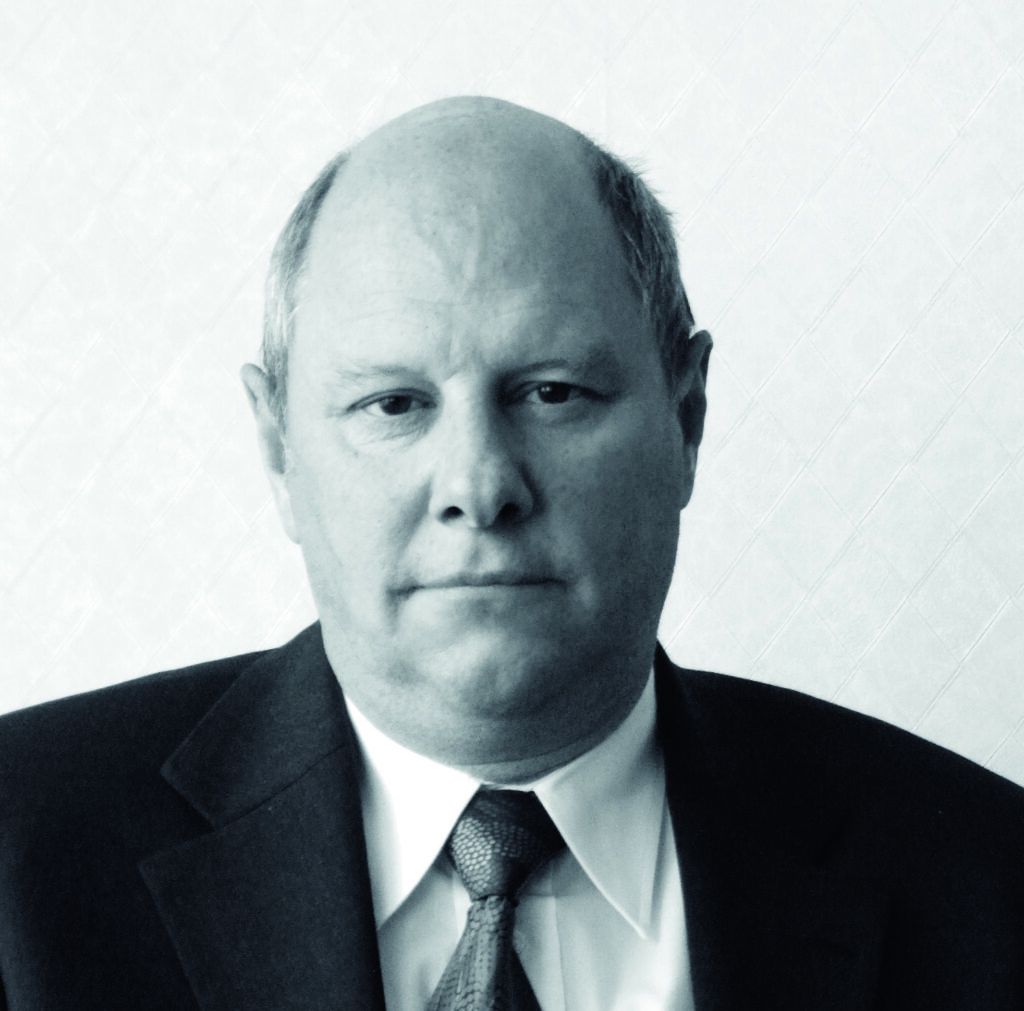
Christoph Brunner is the President of his own independent consulting company it4power LLC based in Switzerland. He has over 40 years of experience with knowledge across several areas within the Utility Industry and of technologies from the Automation Industry. He has worked as a project manager at ABB Switzerland Ltd in the area of Power Technology Products in Zurich / Switzerland where he was responsible for the process close communication architecture of the automation system. He is Convener of WG 10 of the IEC TC57 and is a member of WG 17, 18 and 19 of IEC TC 57. He is member of IEEE-PES and IEEE-SA. He is an IEEE Fellow and is active in several working groups of the IEEE-PSRC and a member of the PSRC main committee and the subcommittee H. He is advisor to the board of the UCA international users’ group.



